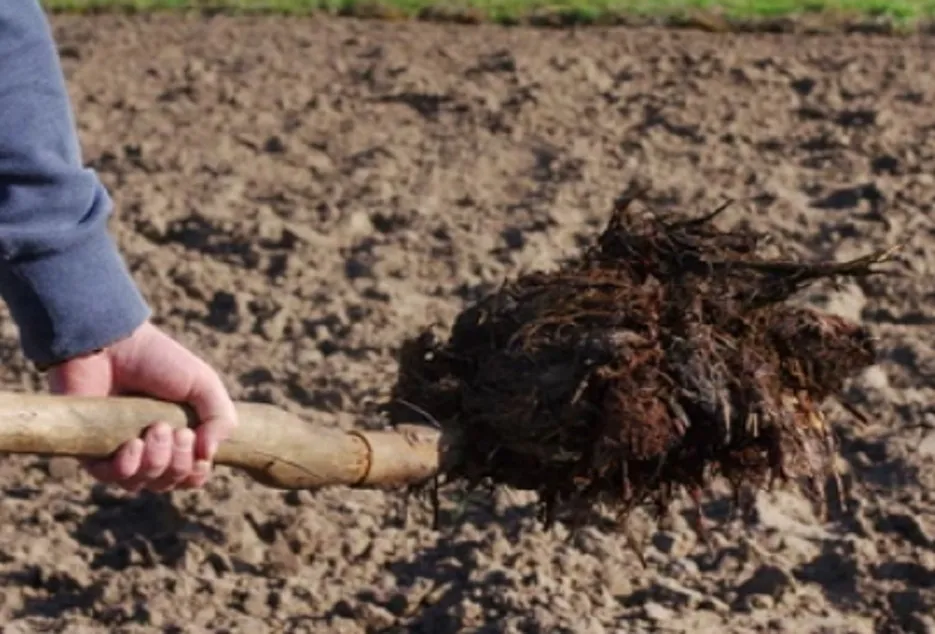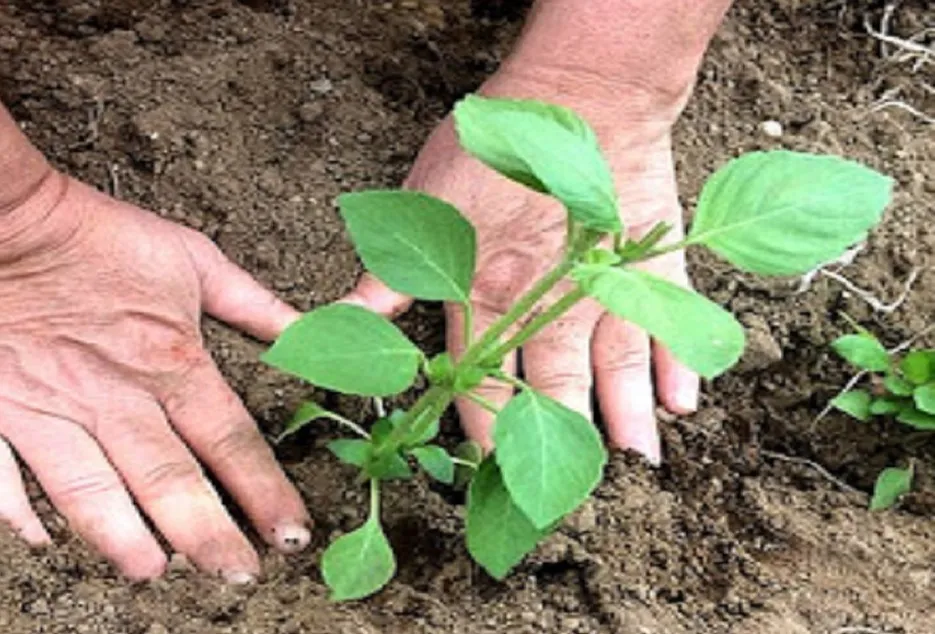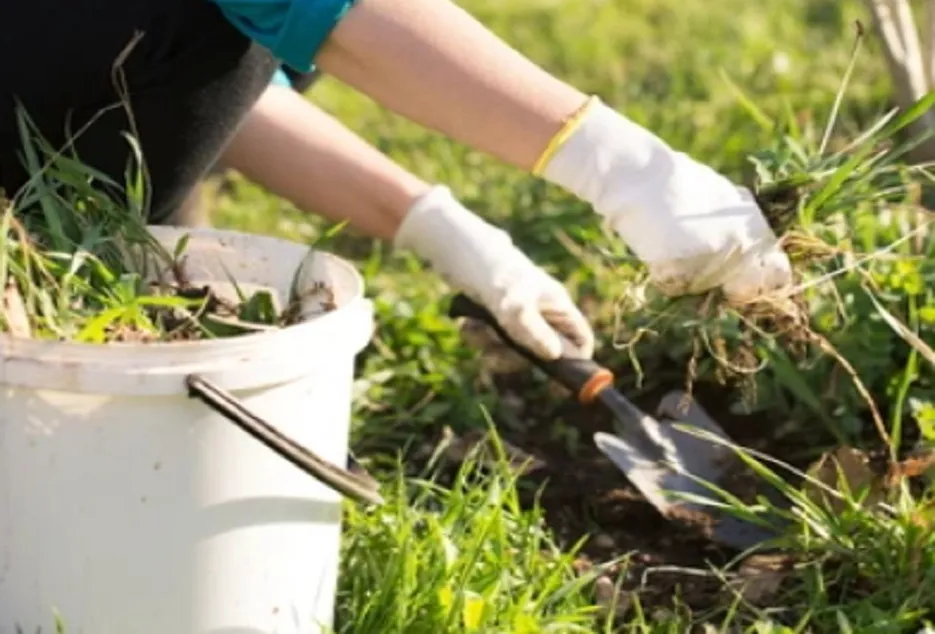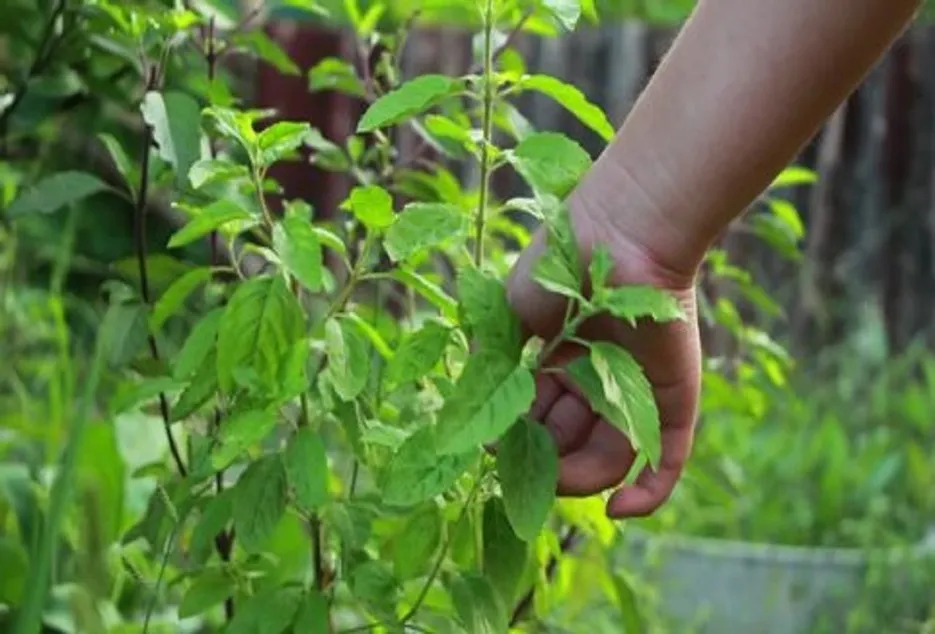 Back
Back

The cultivation of medicinal plants is increasing rapidly in India. Due to low production and high demand, farmers cultivating medicinal plants can earn well. Along with this, the central and state government is also encouraging the cultivation of medicinal plants to increase the income of the farmers and is also providing grant money as per merit. Tulsi can be cultivated in almost all parts of the country. Tulsi can be cultivated with limited facilities even in arid areas due to low resources and water scarcity conditions. Although Tulsi is a profitable crop, it can be done easily where cultivation of other crops is not possible. Tulsi can be cultivated as an intercrop with crops like Mango, Lemon, and Amla, the specialty of the Tulsi plant is that it does not get any kind of kit and disease quickly.
Tulsi varieties
Tulsi varieties

There are mainly three types of Tulsi on the basis of color, Some of its special types with black, green, and blue-violet leaves are as follows
Amrita (Shyam) Tulsi
Amrita (Shyam) Tulsi
This variety is found all over India. The color of its leaves is dark purple. Its plants are more branched. This variety of basil is used more in cancer, diabetes, dementia, heart disease, and rheumatic diseases.


Rama Tulsi
Rama Tulsi
This hot season variety is grown more in South Indian states. Its plants are two to three feet high. Leaves are light green in color and flowers are white in color. It lacks fragrance. It is more useful in medicines.


Black Tulsi
Black Tulsi
The colour of its leaves and stem is light purple and the colour of the flowers is light purple. Height is up to three feet. It is considered better for colds and coughs.


Camphor Tulsi
Camphor Tulsi
This is an American variety. It is used for flavoring tea and in the production of camphor. Its plant is about 3 feet high the leaves are green and the flowers are purple-brown.


Babai Tulsi
Babai Tulsi
This is a variety that makes vegetables aromatic. Its leaves are long and pointed. The height of the plants is about 2 feet. It is mostly grown in Bengal and Bihar.
Soil and weather
Soil and weather
This is the specialty of the Tulsi plant, that it is cultivated in the less fertile land where there is only a drainage system and can be done easily sandy loam, black soil is best. Tulsi cultivation should be done between July to August when the rains start.


Farm preparation
Farm preparation
Because Tulsi plants should be sown at the beginning of rain, the preparation of the field should be done by the month of June, although Tulsi cultivation does not require chemical fertilizers, so while preparing the field, 2 to 3 tons of cow dung should be used. Plow the field 2 times by adding 2 tons of vermicompost. And make a raised bed 3 cm high from the ground. If necessary, after soil testing, 50 kg urea, 25 kg superphosphate, and 80 kg potash can be used per acre.


Nursery preparation
Nursery preparation
Although Tulsi plants are also done by planting seeds directly in the fields, it is better to prepare the plants in the nursery and then plant them in the fields, plant trays should be used to prepare the nursery while preparing the soil 1: 20:80 Sand or coconut husk, dung manure, and soil should be used in the ratio of 20:80, seed should not be planted too deeply, 250 - 300 grams seed nursery should be prepared for transplanting in one acre, seed recognized by government Should be taken from the institution, or you can also take ready-made plants from a reliable nursery, Basil seeds can be purchased at Rs 200-250 per 100 grams and ready plants at Rs 2 to 5 per plant.


Plant Transplantation
Plant Transplantation


Plants for transplanting should be 3 to 4 weeks old, 6 to 8 cm tall, healthy, and 10 to 15 leaves, for transplanting in the fields, 3 to 5 cm high raised beds should be made, according to an ideal distance there should be 30 to 30 cm between two rows. 40 cm and 20 to 25 cm distance should be kept between the plants, it is good to plant the plants at a depth of 5 to 6 cm, transplanting should be done in the evening and immediately provide light irrigation. Considering the weather and soil moisture, determine the next irrigation.


weed control
weed control
If necessary, remove weeds from time to time with your hands, or you can also use chemical medicine.


Harvest
Harvest
Although the Tulsi crop is fully ready in 100 days, and all parts of the Tulsi plant are used to make medicine and cosmetics, it depends on the purpose for which cultivation is done. If the cultivation is being done for leaves, then after 30 days cutting of the plant should be started, which can get more number of leaves. Purple and white flowers come in Tulsi plants, which are also called Manjari, if the leaves are to be harvested more, then the flowers should be plucked at the beginning itself. For harvesting the seeds, when the flowers dry up and look brown, then they should be gently plucked and collected. In the end, the plants should be uprooted and collected, no part of the plant should be dried in direct sunlight, and the parts of the plants should be dried in a place where there is light sunlight.


Distillation
Distillation
Basil oil is obtained from the distillation of the whole plant. It can be distilled by both the water and vapor distillation methods. But steam distillation is most suitable. After harvesting should be left for 4-5 hours. This facilitates distillation.


Contract farming and market price
Contract farming and market price
Tulsi cultivation can earn more profit at less cost, its seeds, leaves, stem, and roots all have commercial value, but they cannot be sold directly in the market, so it is necessary to know about selling them before cultivating. Therefore, the practice of contract farming is increasing in the country, so many companies like Patanjali, Dabur, Vaidyanath, and Zandu provide facilities to the farmers to do contract farming, and farming can be done by making a buy back agreement between the farmers and the company. You can get more information about contract farming on the internet. The commercial price of Tulsi, depending on the quality, can be found in leaves up to Rs 7000 quintal, seeds Rs 3000 quintal, and oil up to Rs 3000 per liter. Which is many times more than the total cost.


Thank you for reading this article, we hope you clicked on the ♡ icon to like the article and also do share it with your friends and family now!








